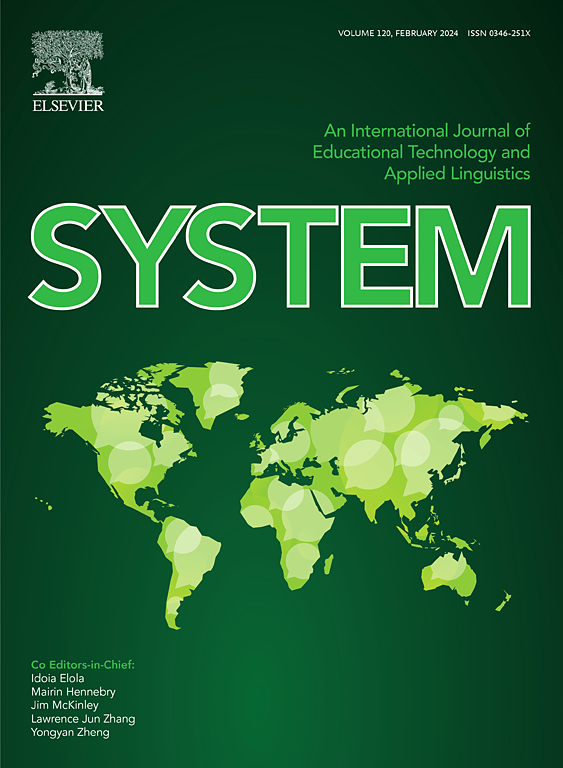Population structure, selection signal and introgression of gamecocks revealed by whole genome sequencing
IF 7
1区 农林科学
Q1 Agricultural and Biological Sciences
引用次数: 0
Abstract
As an important genetic resource of chickens, gamecock has unique morphological and behavioral characteristics such as large size, muscular development and strong aggression, making it a good model for studying muscle development and behavior patterns, as well as an excellent breeding material. Gamecocks are distributed worldwide, forming different breeds and strains. However, the single or multiple origin of global gamecocks has not been fully established and much remains unknown about genetic introgression events between gamecocks and other chickens. Therefore, in this study, based on whole genome data of gamecocks, Chinese indigenous chickens, commercial chickens and wild jungle fowls, we performed population structure analysis, selection signal analysis, and genomic introgression analysis of gamecocks. The population structure analysis revealed that gamecocks have multiple origins. In addition, we used Fst, π-Ratio and XP-EHH methods to explore the candidate signatures of positive selection in gamecocks. A total number of fifteen shared candidate genes were identified using the three different detection strategies. Among these candidate genes, ETV1, DGKB, AGMO, MEOX2, ISPD and PLCB4 are related to the growth and muscle development, fighting performance and neurodevelopment of gamecocks. Furthermore, we detected the introgression event at the MYBPHL region from the Gallus sonneratii into Euramerican gamecocks and at the CPZ gene region from the Gallus gallus gallus into multiple gamecock populations, respectively, indicating the introgression from the wild junglefowl may impact the skeletal and muscle development as well as aggressive behavior of gamecocks. In summary, we conducted a genome-wide exploration of gamecocks from multiple regions worldwide. Our analysis confirmed multiple origins of gamecocks and detected several candidate genes that are possibly related to important traits and characteristics in gamecocks. More importantly, this is the first study that has detected introgression events and genes from wild jungle fowls to gamecocks, which provides evidence of the wild jungle fowls contributing to the genetic diversity of gamecocks. Our findings offer new perspectives on the impact of introgression on gamecocks, and provide a basis for further resource conservation and utilization of gamecock, as well as provide excellent material for the genetic improvement of domestic chickens.求助全文
约1分钟内获得全文
求助全文
来源期刊

Journal of Animal Science and Biotechnology
AGRICULTURE, DAIRY & ANIMAL SCIENCE-
CiteScore
9.90
自引率
2.90%
发文量
822
审稿时长
17 weeks
期刊介绍:
Journal of Animal Science and Biotechnology is an open access, peer-reviewed journal that encompasses all aspects of animal science and biotechnology. That includes domestic animal production, animal genetics and breeding, animal reproduction and physiology, animal nutrition and biochemistry, feed processing technology and bioevaluation, animal biotechnology, and meat science.
 求助内容:
求助内容: 应助结果提醒方式:
应助结果提醒方式:


